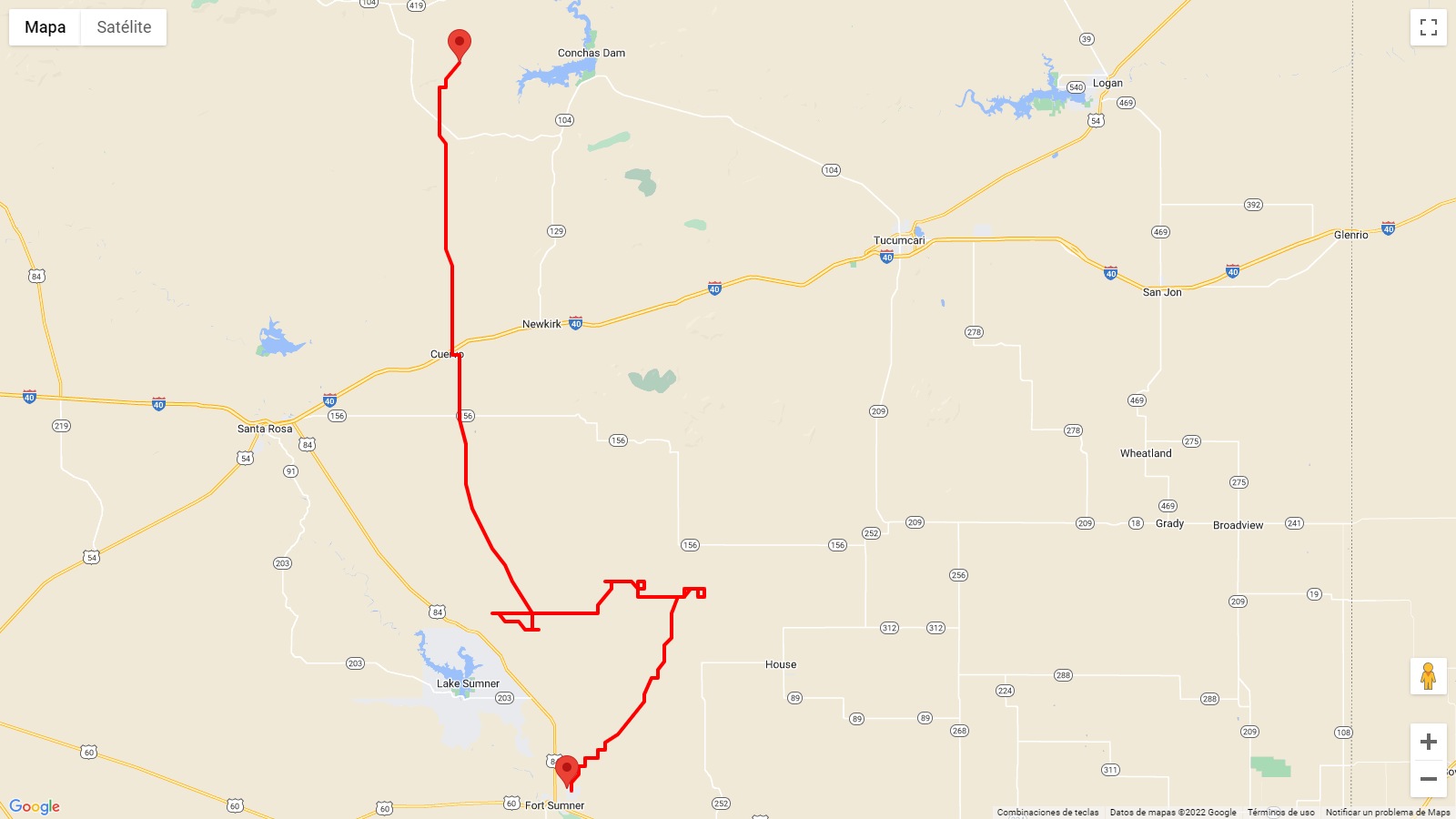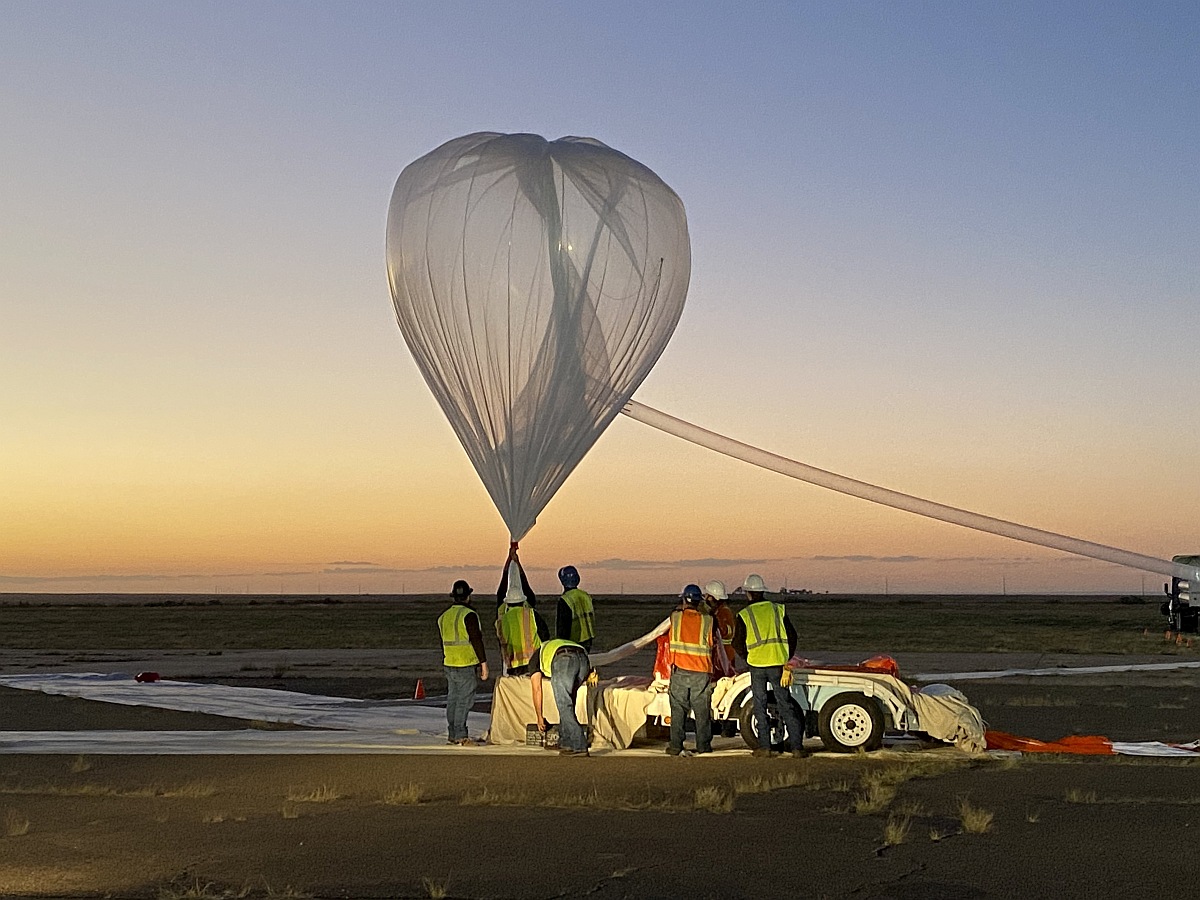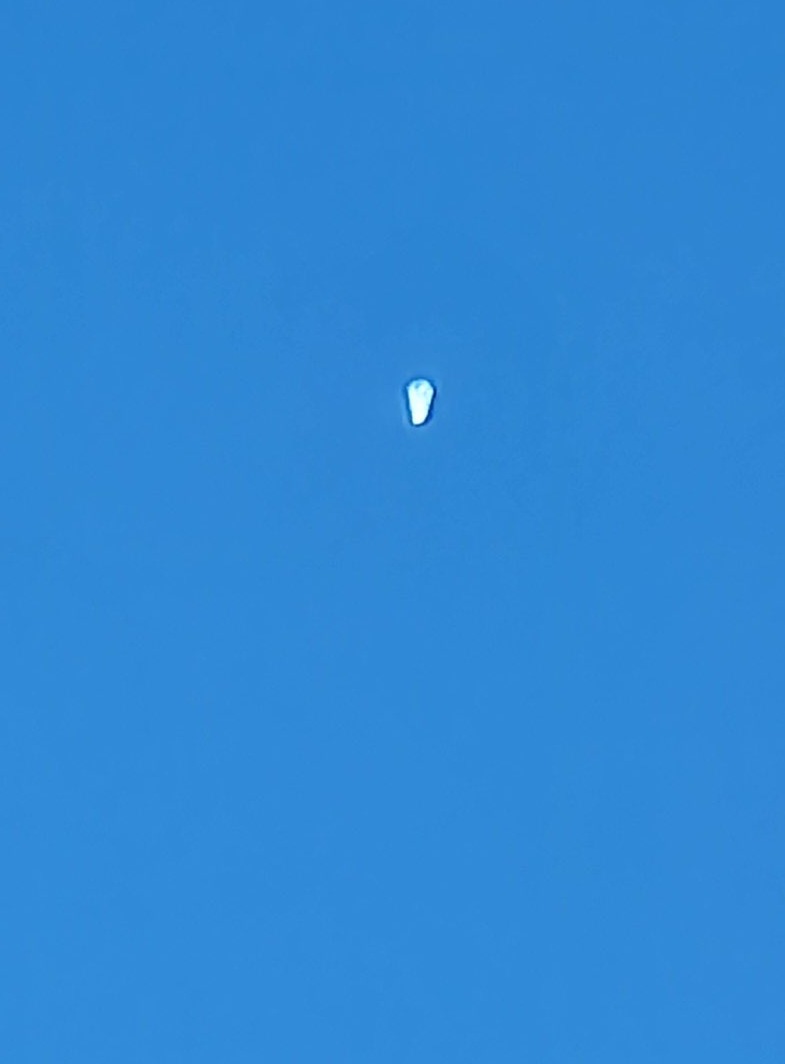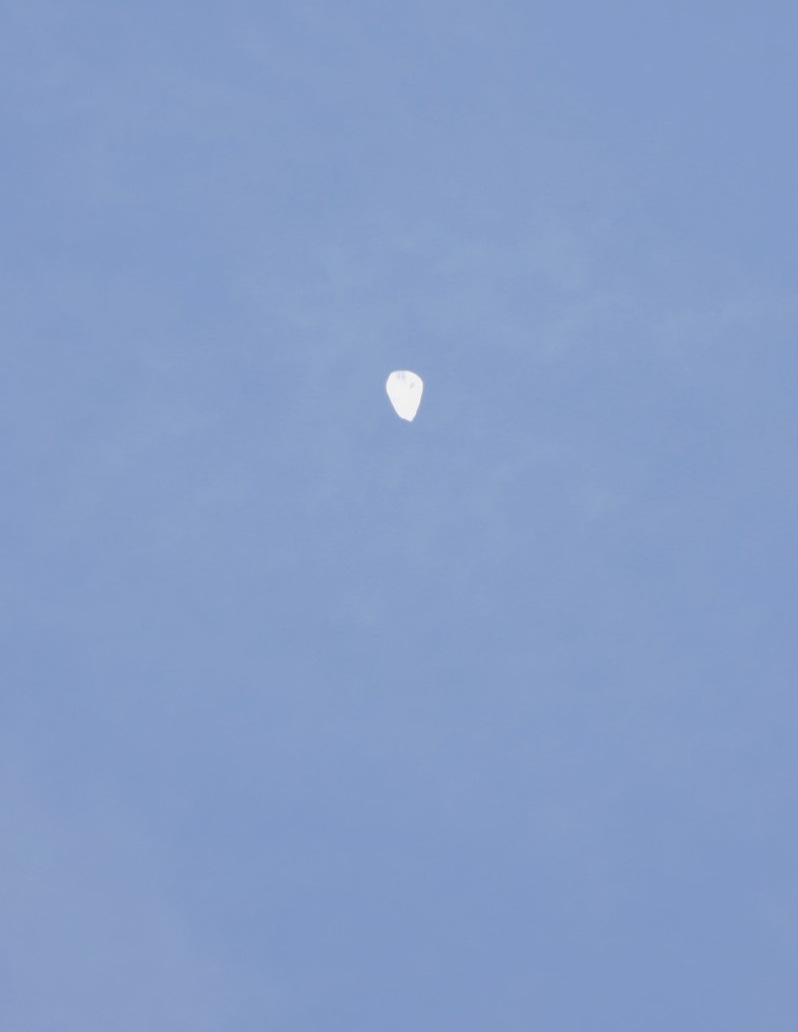Purpose of the flight and payload description
This flight was devoted to test a new detector called TINMAN acronym for ThermalIzed Neutron MeAsuremeNt experiment which was developed at Los Alamos National Laboratory in collaboration with Honeywell, Inc. Aerospace.
TINMAN was designed and built to address a recent concern in the air industry about thermal neutrons causing single event effects in semiconductor devices. Thermal neutrons are produced in an airplane when high energy-neutrons, created by the interaction of cosmic rays in the atmosphere, are thermalized in the fuel, the passengers and the airplane itself. Therefore, they are very environment dependent. Airplanes are a particular concern because at aircraft altitudes, the cosmic-ray neutron flux is approximately 300 times the sea-level neutron flux. Therefore, the understanding of the thermal neutron intensity at aircraft altitude is critical for understanding the risks of thermal neutrons to avionics systems.
The TINMAN detector consists of two 3 He ionization chambers. One of the 3 He ionization chamber is wrapped in a thin layer of cadmium. Because the cadmium shielding attenuates the thermal neutrons, the difference in count rates between these two detectors reflects the number of thermal neutrons detected.
The balloon floating free near Albuquerque on Sept.23th.
Details of the balloon flight

Balloon launched on: 9/22/2022 at 12:40 utc
Launch site: Scientific Flight Balloon Facility, Fort Sumner, (NM), US
Balloon launched by: Columbia Scientific Balloon Facility (CSBF)
Balloon manufacturer/size/composition: Zero Pressure Balloon
Flight identification number: 725N
End of flight (L for landing time, W for last contact, otherwise termination time): 9/22/2022 at 20:15 utc
Balloon flight duration (F: time at float only, otherwise total flight time in d:days / h:hours or m:minutes - ): 7 h 30 m
Landing site: Payload fell uncontrolled from 125.000 ft. Impact 65 km al WNW of Tucumcari, New Mexico, US
The TinMan balloon mission was hand-launched from NASA balloon base in Ft. Sumner, New Mexico at 12:40 utc on September 22, 2022. After a nominal ascent the balloon reached float altitude of 125.000 about two hours later. Once completed the scientific mission the flight was terminated the same day at 20:15 utc. Upon termination, the parachute did not fully deployed and provoked an uncontrolled descent of the payload which resulted destroyed upon impact on the ground. The payload was located and recovered the next day whitout injuries or property damage resulting from the payload's fall. At termination, the balloon instead burst didn't deflated and continued its flight towards the west, appearing over the Albuquerque area in the morning of September 23. Finally it came down on the night of September 24/25.
NASA announced that will conduct a safety analysis to determine the cause of the termination anomaly.
External references
- New Los Alamos technology detects thermal neutrons in aircraft Los Alamos National Laboratory website
- Report on the Tin-II thermal Neutron Detector Internal Report, LANL, 2019-10-24
- Thermal neutron flux characterization at aircraft altitudes with the TinMan detector 2017 IEEE Aerospace Conference
16165If you consider this website interesting or useful, you can help me to keep it up and running with a small donation to cover the operational costs. Just the equivalent of the price of a cup of coffee helps a lot.




